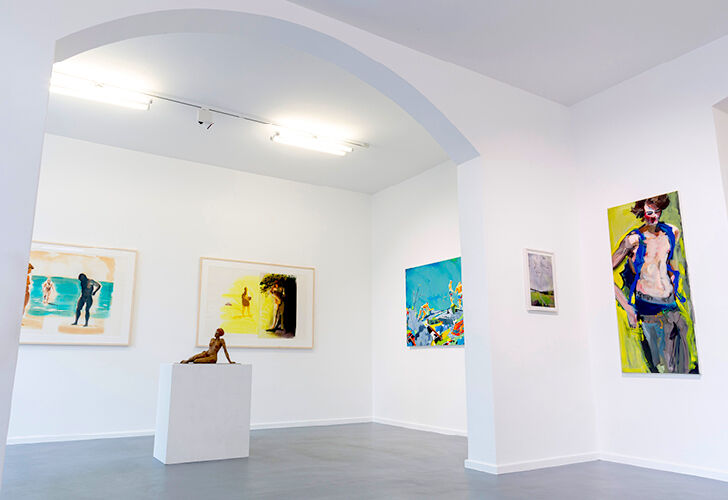Often, works of art remain in the possession of a collector for a long time. However, anyone who decides to sell a work should pay attention to the one-year speculation time limit that applies in Germany – otherwise, the profit will be shared with the tax authorities. If there is no full year between the purchase and sale of an artwork, the sale price minus the purchase price must be taxed. The profit is then subject to the personal tax rate, and the resulting taxes can be as high as 45%.
Only profits of up to €600 per year are tax-free. However, this €600 limit applies to all sales in a calendar year and does not apply, for example, if three objects are sold for €550 each. The amounts are then added up. It should be noted that this €600 threshold applies to all private sales transactions - whether art, vintage cars, or real estate - per year. After the one-year period, the sale is tax-free, regardless of the actual profit.
This one-year "speculation time limit" should therefore be kept in mind when selling works of art. If a regular income is generated with a work of art because it is, for example, loaned to a museum for a fee, the holding period is extended to ten years.






